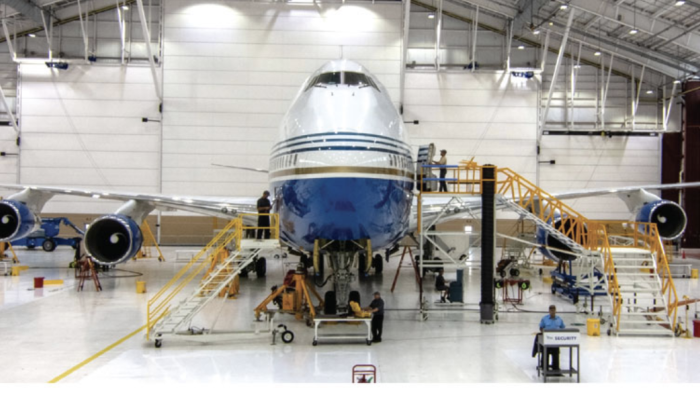The National Research Council of Canada (NRC) has commissioned a wind tunnel to help aircraft manufacturers measure the noise levels generated by aircraft landing gear. Industry historically has focused on measuring and reducing the noise generated only by engines. Turbofan-powered airliners and business jets are becoming progressively quieter through the incorporation of higher bypass ratios, use of acoustic materials and nacelle design techniques. As a result, the noise generated by the airframe-particularly the airflow turbulence around landing gear, wheel wells, flaps and slats-has become a target for noise-reduction research. “Turbulent flow around landing gear generates a significant proportion of the total noise output of an aircraft in close proximity to the ground,” said Stuart McIlwain, NRC’s group leader of fixed-wing aerodynamics. “We adapted one of our wind tunnels to measure the noise from undercarriages, because it’s the total footprint–not just engine noise–that is measured for Stage 4 compliance.” ICAO and NASA’s environmental responsibility aviation program set regulations, targets and limits. In the next 10 years, regulations will aim to reduce noise generated by commercial aircraft by 32 dB relative to the current standard.







